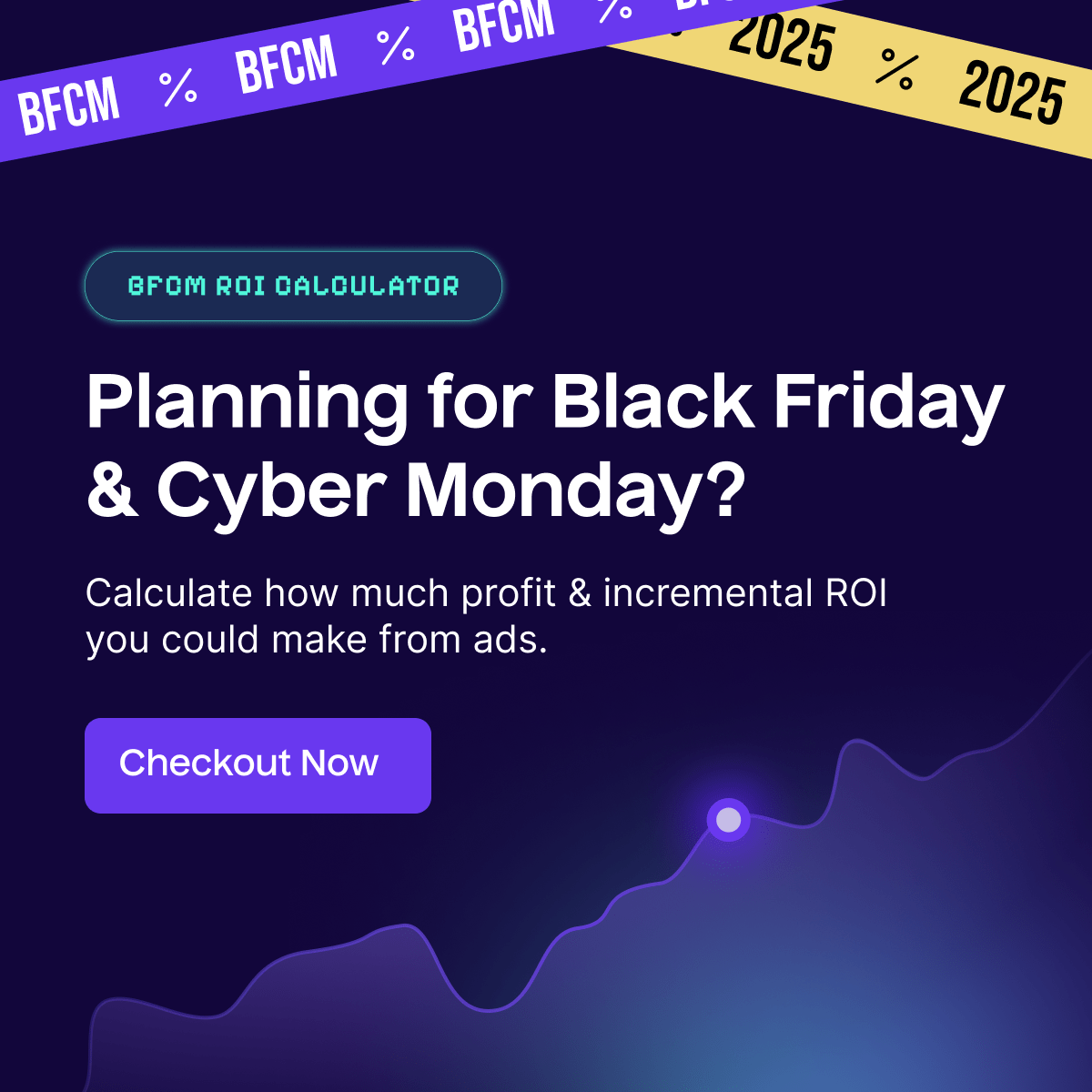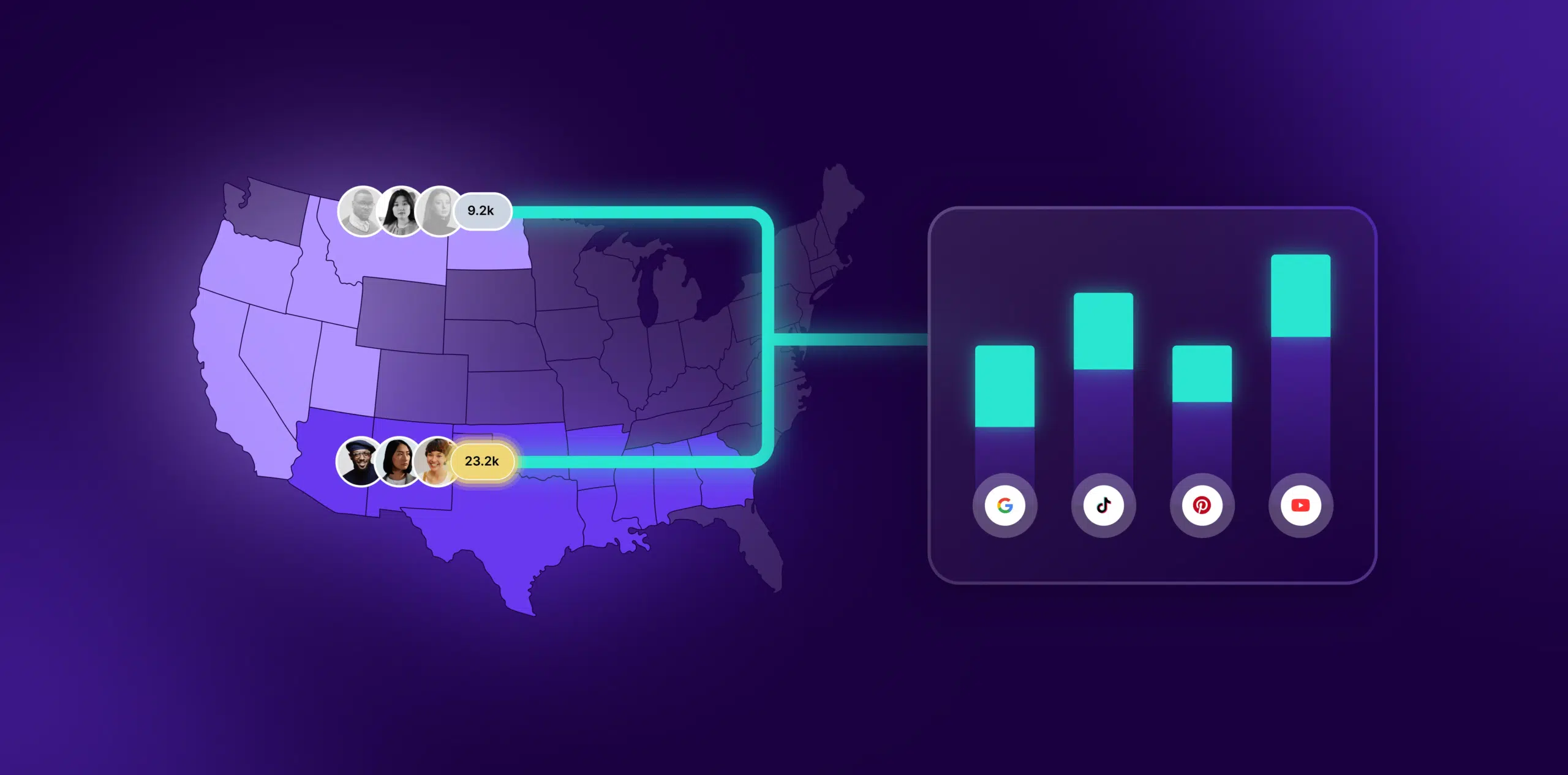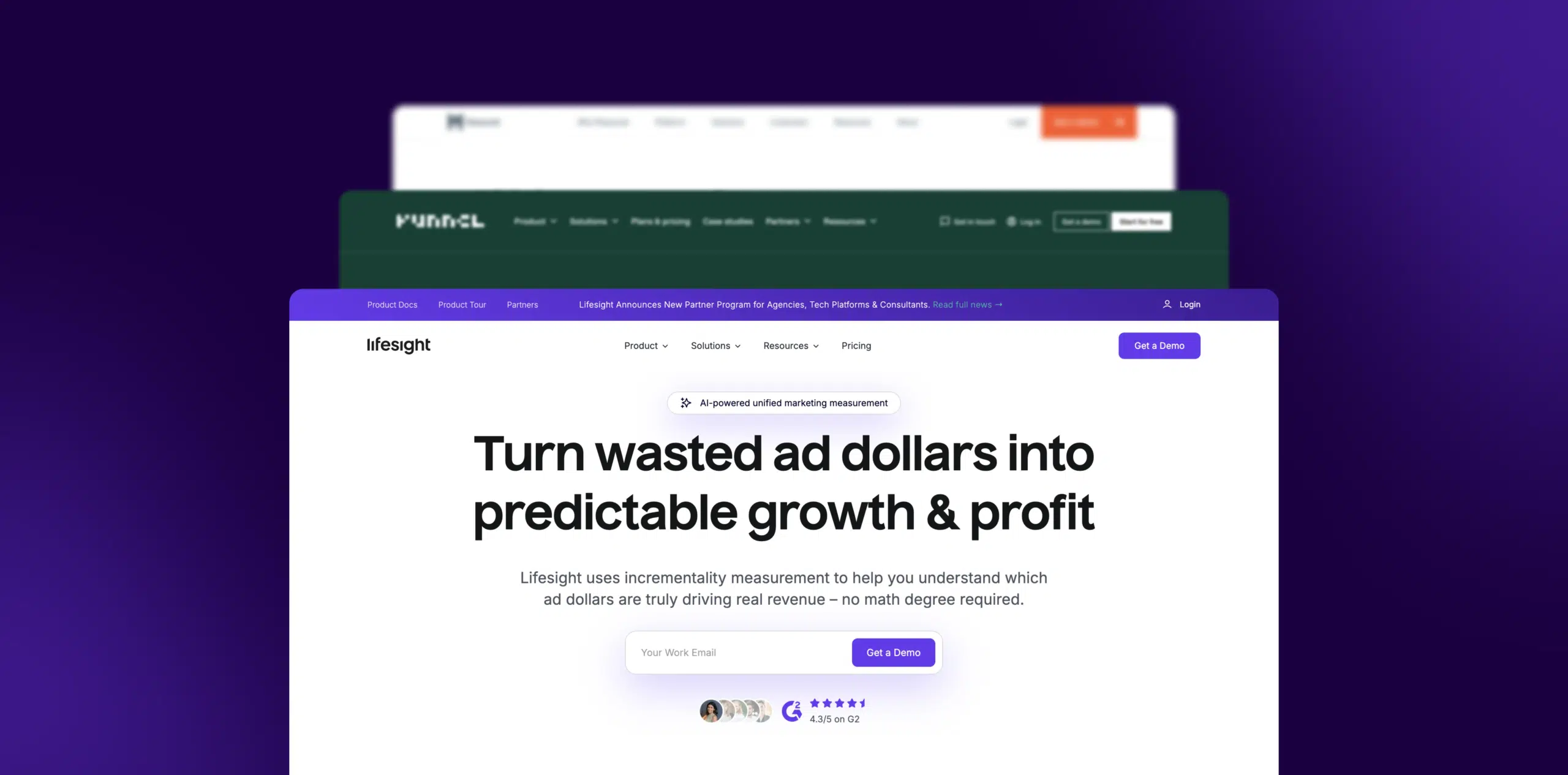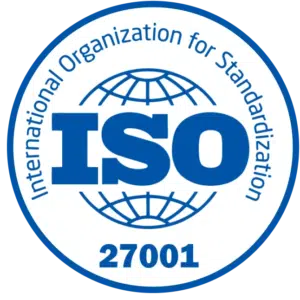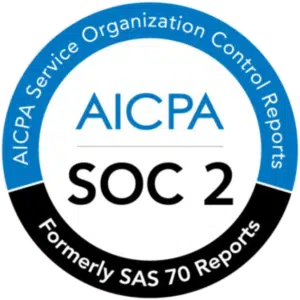What is Ecommerce conversion rate?
eCommerce Conversion Rate (eCR) is a critical metric in eCommerce that measures the effectiveness of conversion strategies. It unpacks the ratio of website visitors who take a specific action or set of actions on an eCommerce platform. Typically, it refers to users who proceed from Internet surfing to purchasing a product or service.
Formula
Ecommerce conversion rate (eCR) = (Number of Conversions / Total Visitors) * 100%
Example
Let’s say, in the month of February, your online store had 10,000 visitors. And, out of them, 200 made a purchase. Applying the formula, Ecommerce conversion rate (eCR) = (200/10,000) *100% = 2%
Why is eCR important?
Ecommerce conversion rate (eCR) represents the ability of a business to turn browsers into buyers, hence directly impacting profitability. A higher conversion rate implies more efficient marketing and web design strategies. Besides, it helps assess the effectiveness of advertising campaigns, website layouts, product pricing, and more.
Which factors impact eCR?
Several factors impact Ecommerce conversion rate (eCR), including website load time, free shipping offers, brand reputation, regularity in updating product inventory, mobile responsiveness, product reviews and ratings, and more. Poor performance in any of these areas can deter potential buyers and reduce conversion rates.
How can eCR be improved?
- Streamlined Site Navigation – Ease of product discovery effects conversions. Ensure a well-organized and easily navigable site.
- Effective Call-to-Actions – Direct and persuasive CTAs influence users’ decisions.
- Top-Quality Product Images and Descriptions – High-definition images and accurate descriptions provide clarity and induce purchases.
- Secured Payment Gateways – Trustworthy payment options ensure customer confidence which increases the likelihood of successful transactions.
- Personalized User Experiences – Personalized content based on browsing history offers a unique experience and promotes conversions.
What is eCR’s relationship with other metrics?
Ecommerce conversion rate (eCR) is closely linked to metrics like Average Order Value (AOV), Customer Lifetime Value (CLV), and Cart Abandonment Rate. For instance, a higher eCR typically leads to a higher AOV and CLV, implying more profit for the business. Similarly, a lower cart abandonment rate usually corresponds to a higher conversion rate.
Free essential resources for success
Discover more from Lifesight
